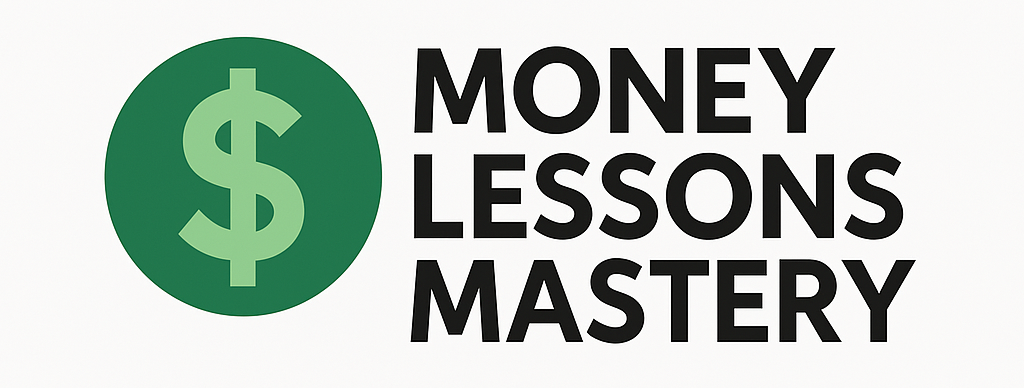Achieving financial independence is a goal many strive for, but reaching it—and staying there—requires more than luck or a windfall. It takes careful planning, disciplined execution, and ongoing financial awareness. Whether you’re just starting your journey or looking to maintain your financial freedom, these tips can help you stay on track.
1. Define What Financial Independence Means to You
Financial independence means different things to different people. For some, it’s retiring early and traveling the world. For others, it’s being debt-free and having the choice to work or not. Clearly outlining your personal vision gives direction to your financial decisions.
- Set specific goals: Do you want to retire by 50? Or simply ensure you never have to rely on others financially?
- Understand your “number”: That is, how much money you need to support your lifestyle without earning active income.
2. Track and Control Your Spending
Understanding how you spend money is crucial to reaching financial independence. Many people underestimate how much they spend monthly.
- Use budgeting tools: Apps like Mint or YNAB can help clarify where your money goes each month.
- Cut unnecessary expenses: Evaluate subscriptions, dining habits, and impulse purchases that don’t align with your financial goals.
3. Save and Invest Consistently
Saving alone won’t lead to financial independence—your money needs to grow, too. Investing allows you to harness the power of compound interest over time.
- Automate your savings: Set up automatic transfers to savings or investment accounts each payday.
- Maximize retirement accounts: Contribute to 401(k)s, IRAs, or Roth IRAs. Aim to at least meet any matching contributions from your employer.
- Diversify your investments: Consider a mix of stocks, bonds, and other assets based on your risk tolerance and timeline.
4. Eliminate and Avoid Bad Debt
Debt can significantly delay your path to financial freedom. High-interest debt drains your resources quickly, making it harder to build wealth.
- Prioritize paying off credit cards: These often carry the highest interest rates and can grow fast.
- Avoid new unnecessary debt: Especially for depreciating assets like cars or luxury items.
5. Build Multiple Income Streams
Relying on a single paycheck can be risky. Creating alternate income sources increases financial stability and speeds up your journey to independence.
- Explore side hustles: Freelancing, tutoring, or selling products online are all viable options.
- Invest in income-generating assets: Rental properties, dividend stocks, or small business ventures.
6. Protect Your Wealth
Once you’ve accumulated assets, it’s just as important to safeguard them. Unexpected costs can erode your independence quickly without proper planning.
- Get adequate insurance: Health, auto, homeowners, and even disability coverage can protect you from large financial hits.
- Create an emergency fund: Aim for 3–6 months of living expenses in a separate savings account for unexpected events.
7. Continue Learning and Adapting
Financial habits and markets evolve, and so should your strategy. Regularly educate yourself and be open to making adjustments.
- Read personal finance books or blogs: Stay informed about new trends and tools.
- Review your finances regularly: Monthly check-ins help keep your goals on track and allow for quick course corrections.
Final Thoughts
Financial independence isn’t a finish line—it’s a lifestyle. With clear goals, disciplined habits, and a proactive mindset, you can take control of your money and create a future where work is optional and freedom is the norm. Start today, take small steps consistently, and watch your financial future unfold.
